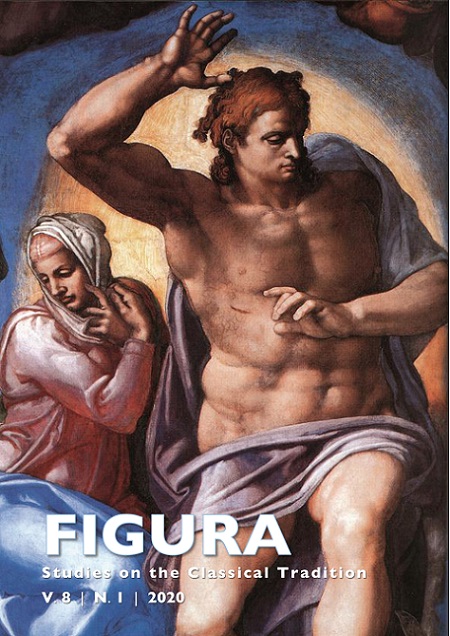Abstract
This article seeks to investigate the manipulation of identities in sixteenthcentury costume books and the power of these objects to transmit stereotypes among different peoples. To do so, I will focus on a main topic: the Iberian universe from the distinguished views of Italian, French, and German artists. The aim is to discuss the ways in which the circulation of models may have occurred, as well as to propose Enea Vico’s work as the first one to establish the “ground rules” for the following artists, such as Cesare Vecellio. Although briefly, I hope to address some important topics in this paper: the ancient world as a model of magnificence and moral values; the lack of stability (in dress) reflecting the corruption of human nature; and the tension between a historical perspective and a moral reflection through visual and verbal elements.

